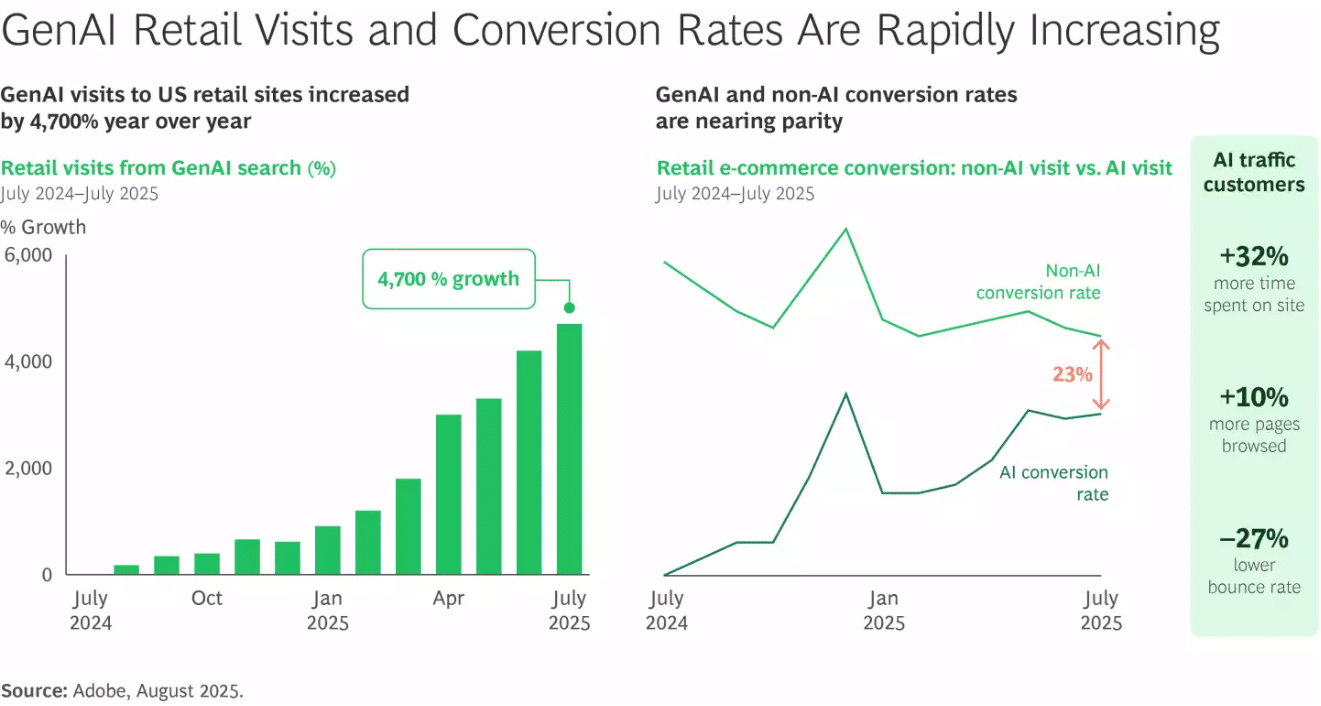AI-driven shopping makes high-quality product data more important than ever. Lengow supports brands in staying visible and competitive in this new landscape:
- Lengow keeps product catalogs structured, accurate, and up to date so they remain understandable to both people and AI systems. The platform also simplifies data management, allowing teams to focus on performance rather than technical upkeep.
- As AI agents play a growing role in purchasing decisions, Lengow helps brands deliver clear and consistent product data across channels, ensuring strong visibility in an AI-first shopping environment.
- By enabling cleaner data flows and smarter catalog management, Lengow helps brands maintain control over how their products are presented, recommended, and discovered.







